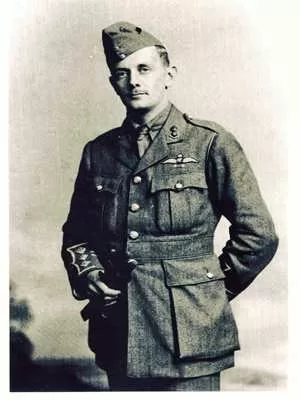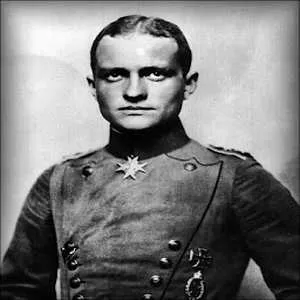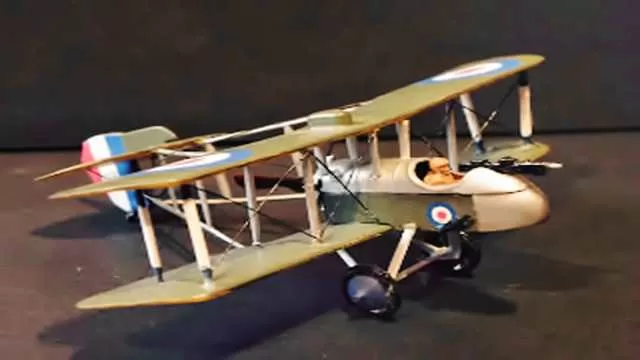The Airco D.H.2 was a significant aircraft in World War I. Designed by Geoffrey de Havilland, this single-seat plane was a step forward from its predecessor, the D.H.1. Initially, aircraft were not seen as weapons; they were mainly used for reconnaissance. However, as the war progressed, air combat became inevitable.
Early Air Combat
At the start of the war, pilots engaged in aerial battles using pistols or even throwing tools at each other. The challenge with forward-firing guns was the risk of hitting the aircraft’s own propeller. This limitation made it difficult for pilots to effectively engage enemy planes.

Fokker’s Innovation
Dutch designer Anthony Fokker created a synchronization mechanism, often mistakenly called interrupter gearing. This allowed a machine gun to fire through the propeller’s arc without damaging the blades. German aircraft equipped with this technology gained a significant advantage. Pilots could aim their entire plane at the target, making them more effective in combat.
In July 1915, the “Fokker Scourge” began, marking a period of German air superiority. This dominance was demoralizing for Allied forces. However, it was short-lived for two main reasons. The Germans only deployed their new aircraft in small numbers, while the Allies were already developing their own solutions.
The D.H.2’s Design
The D.H.2 was a “pusher” aircraft, meaning its propeller was located at the rear. This design eliminated the need to fire through the propeller, allowing pilots to aim their planes directly at targets. As a biplane, the D.H.2 had a larger wing area, making it highly maneuverable. This shift in design helped the Allies regain the upper hand in the skies.

Lanoe Hawker: A Hero of the Skies
Lanoe George Hawker was the first Allied air ace of World War I. In April 1915, he earned a Distinguished Service Order (DSO) for attacking a German zeppelin shed with hand grenades. By July 1915, he shot down three German aircraft in one engagement, earning the Victoria Cross (VC) for his bravery.
Hawker was not just a skilled pilot; he was also an innovator. He introduced many improvements to the Royal Flying Corps, including training pilots to handle the D.H.2’s tendency to spin and stall. His combat philosophy was simple: “Attack Everything.”
The Final Dogfight
In November 1916, Hawker was flying a D.H.2 when he encountered German pilots flying the new Albatross aircraft, which were faster and better armed. Among them was the infamous Manfred von Richthofen, known as the Red Baron. A fierce dogfight ensued.
As Hawker’s fuel ran low, he attempted to retreat to Allied lines. Unfortunately, von Richthofen pursued him relentlessly. Just as Hawker was about to reach safety, the German’s guns jammed. Tragically, a single bullet from the last burst struck Hawker in the back of the head, killing him instantly. This made him the Red Baron’s 11th victim.
Conclusion
The Airco D.H.2 played a crucial role in changing the dynamics of aerial combat during World War I. With its innovative design and the bravery of pilots like Lanoe Hawker, the Allies were able to turn the tide against their German counterparts. The legacy of the D.H.2 and its pilots continues to be remembered in aviation history.

